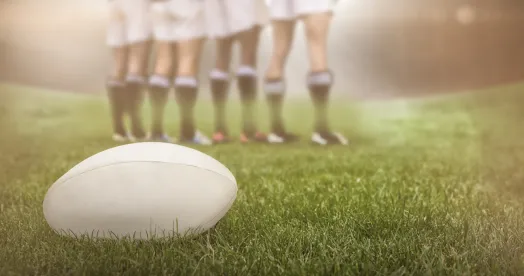The National Labor Relations Board (NLRB) has released a Notice of Proposed Rulemaking to change the standard for determining if two employers may be joint employers under the National Labor Relations Act (NLRA). The proposed rule, expected to become effective sometime in 2023, could make it more likely that professional and collegiate leagues would be found to be joint employers of any unionized professional players or collegiate student-athletes who play for teams that are members of those leagues.
As a joint employer of unionized players of member teams, a league could be jointly responsible for unfair labor practices committed by the teams or the team’s supervisors or managers (i.e., coaches and administrators), be required to participate in collective bargaining negotiations with the teams concerning the wages and other terms and conditions of employment of the players, and picketing directed at the league would be considered primary and therefore permissible (rather than secondary and subject to injunction).
Currently, the NLRB will find two or more employers to be joint employers if there is evidence that one employer has actually exercised direct and regular control over essential employment terms of another employer’s employees. An employer that merely reserves the right to exercise control or that has exercised control only indirectly will not be found to be a joint employer. The NLRB has proposed that the Browning Ferris standard be restored. Under the proposed rule, two or more employers will be found to be joint employers if they “share or codetermine those matters governing employees’ essential terms and conditions of employment.” Importantly – and the critical import of the proposed rule – the NLRB will consider both evidence that direct control has been exercised and that the right to control has been reserved (or exercised indirectly) over these essential terms and conditions of employment when reviewing two or more employers for status as joint employers.
Professional athletes are employees under Sec. 2(3) of the NLRA, of course. As for collegiate student-athletes, NLRB General Counsel Jennifer Abruzzo issued a memorandum, GC 21-08, announcing the intention to consider scholarship athletes at private colleges and universities to be employees because, as she wrote, they “perform services for their colleges and the NCAA, in return for compensation, and subject to their control.” Stating in summation “that this memo will notify the public, especially Players at Academic Institutions, colleges and universities, athletic conferences, and the NCAA, that [she] will be taking that legal position in future investigations and litigation” under the NLRA, Abruzzo signaled that conferences, leagues, and the NCAA will face joint-employer analysis in an appropriate case.
The “essential terms and conditions of employment” will translate to the sports workplace in the nature of game, practice and meeting times, travel and accommodation standards, equipment and safety standards, conduct rules and disciplinary proceedings, the length of a season, the number of games and playoff terms, and numerous other areas. Professional leagues may already coordinate with their member teams on a number of employment terms for players. For collegiate conferences and leagues, this may be new. Under the current standard, a league could better insulate itself from the decisions made by its members’ coaches and administrators by not exercising direct involvement in those matters. Under the proposed rule, a league or conference that merely has the power (even if reserved and unexercised) to make decisions affecting the “work” conditions for student-athletes could be jointly liable along with the institution for decisions made solely by the institution’s agents.
Consequently, conferences and leagues should consider training managers on their responsibility under the NLRA to private sector employees. They should also consider the role they want to play in collective bargaining should any of the student-athletes at their member institutions unionize.




 />i
/>i
